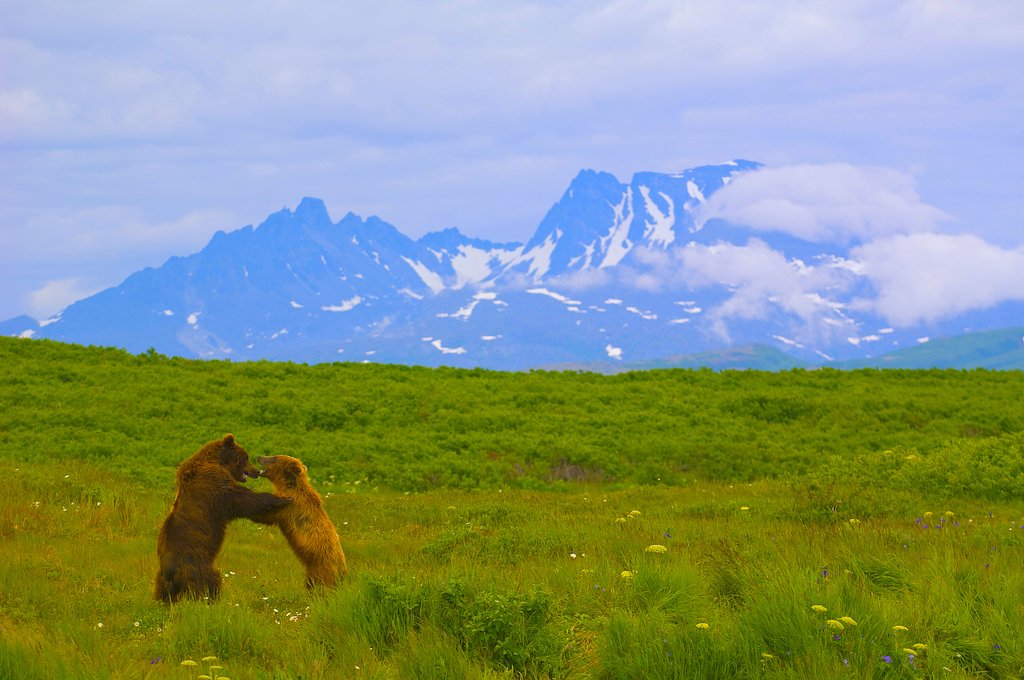Bears Crepuscular, Nocturnal, or Diurnal?
Quick answer: It varies among species, but there are crepuscular bears.
There are eight extant(still existing) species of the family ursidae. These species include the American Black Bear, Asian Black Bear, Polar Bear, Brown Bear, Sun Bear, Sloth Bear, Giant panda, and the South American Spectacled Bear. The particular habits of each species of bear can vary wildly, making it hard to determine general rules that govern the behavior of all species.
Are you or a relative an animal lover? Get the gift of knowledge by checking out one of the most comprehensive animal resources available.
For example, crepuscular bears include : adult brown bears, and the The Panda. Young brown bears may have exhibit diurnal behavior .The sun bear is mostly diurnal, particularly the male members of the species. Asian Black Bears are also known to be diurnal except when they are found in close proximity to humans; In these cases, they become more nocturnal to avoid the local human population. The sloth bear is the most nocturnal of all the bear species. It can be found scrounging for termites and other grubs at all hours of the night. Finally, black bears may be found moving around at any time of day. Circumstance may dictate that black bears behave in certain ways. If there are a lot of larger more aggressive brown bears around, the black bear may become more diurnal. If the black bear is living near a large human population, it may become more nocturnal.

Why is there variation between different bear species and their hours of activity? It’s hard to say for certain, but it is likely that the cause is not predation from other carnivores. With the exception of areas where a larger bear species interacts with a smaller bear species- such as the environments that host both brown bears and black bears – bears do not have many predators. So it’s not likely that predation drove bears to be active during certain hours of the day. The more likely cause is that the bears changed their activity patterns over time to find prey easier. Certain times of the day may also be more comfortable for the bear.
Bears are beautiful creatures, but unlike some of the other crepuscular creatures on this site, they are fierce predators at the top of the food chain. Their power has fascinated humans around the world for millennia and for good reason; They deserve respect. If you are hiking in an area with bears, make sure you do research ahead of time and find out what time of day the bears are most likely to be active. If you are hiking in an area with crepuscular bears, make sure you give yourself enough time in the afternoon to properly set-up and bear proof your camp. Take all the precautions you can, and take your responsibility as a naturalist seriously. Read up on the proper response to bear encounters and make sure your response is species specific. It is also recommended to look for signs of bear activity while you travel. Many species of bear leave distinct markings on trees that indicate a bear may be near.